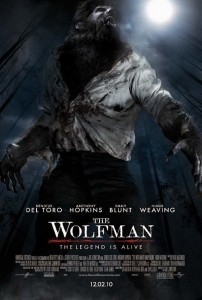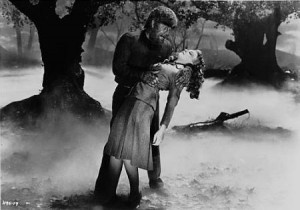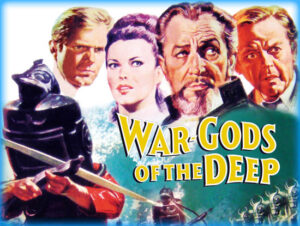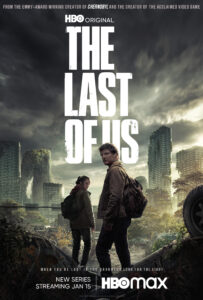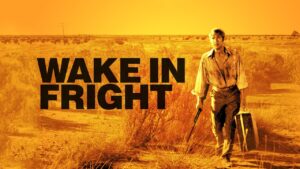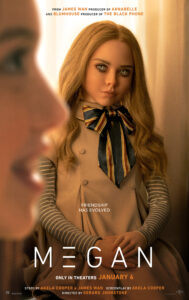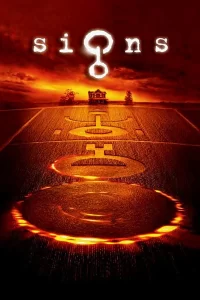.
Last week horror film Youtuber Ryan Hollinger released a video essay on 2010’s The Wolfman a remake of 1941’s The Wolf Man. The 2010 film was not particularly well received nor was it a hit at the box office and Hollinger put forth his own analysis of why the film performed so poorly. I
watched the movie in the theaters on its release and found the adaptation tepid, dry, and wholly uninteresting and despite an amazing cast, Benicio del Toro, Emily Blunt, Anthony Hopkins, and Hugo Weaving, only Weaving managed to captivate and hold my attention. You can see my original review of the remake here.
While I think Hollinger makes a number of good points about why the remakes failed, I do believe that he missed a critical element.
Curt Siodmak’s script for the 1941 film is a lean, spare affair quite suitable for a modest production with a brief running time of a scant 70 minutes but that is not to say it is without subtext and subtlety. In 1941 turmoil engulfed the world. Depending on how you counted the Second World War had been raging for 2 to 4 years and
fascism seemed to be conquering the globe. A refugee fleeing Nazi antisemitism Siodmak and his brother landed in Hollywood marked by their experiences something Curt injected into The Wolf Man. The script’s subtext is about how even ‘good’ people become monsters under the wrong influence. A clear for what Siodmak witnessed in Germany with the rise to power of the Nazis. Repeated several times in the film is the famous poem Siodmak penned;
Even a man who is pure in heart,
And says his prayers by night
May become a wolf when the wolfsbane blooms
And the autumn moon is bright.
We all have the beast within us, and it only takes the wrong circumstance to awaken it, to release it, to the ruin of all including ourselves. This elemental truth is missing from the 2010 remake. It is a tragedy that Lawrence Talbot became cursed the potential lies within everyone. Any person can be filled with hate and perform terrible acts upon their fellow humans. This is the central theme that seems very much missing from modern werewolf tales. It isn’t about the bite but the darkness we hold inside. It’s about how easy it is to hate.
Given the cultural and political storms sweeping the globe we are ready for a return to TheWolf Man and a reexamination of the hatred at the center of a poisoned heart.
